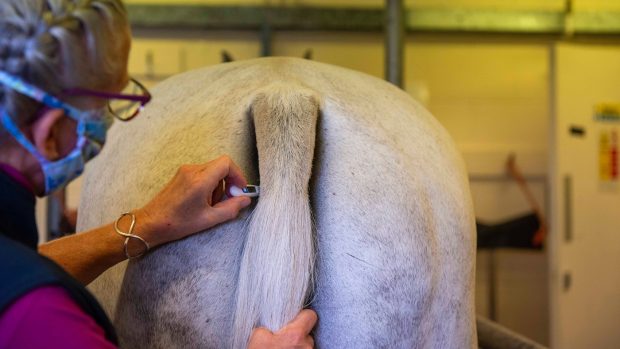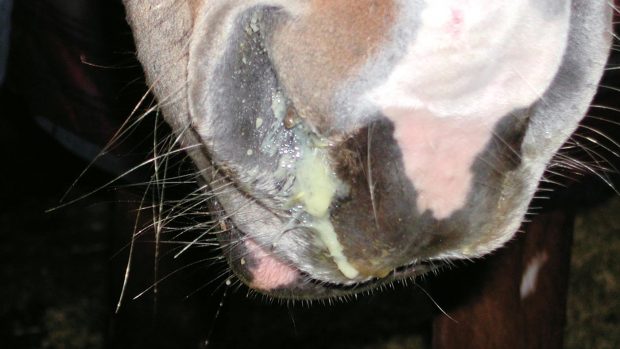UK scientists have made a breakthrough in the fight against strangles by sequencing the DNA of the bacteria that leads to the disease — streptococcus equi — and streptococcus zooepidemicus, which also affects horses as well as other animals.
The discovery of the genome structure of equine strangles, by experts at the Animal Health Trust (AHT), the University of Cambridge and the Wellcome Trust Sanger Institute will shed light on how the two bacteria cause diseases.
And is another step towards creation of better diagnostic tests, therapies and preventative vaccines for this potentially fatal disease.
The breakthrough will also have implications for human health s strangles shared characteristics with other streptococcal infections, like pharyngitis, toxic shock syndrome, impetigo and scarlet fever.
The AHT head of bacteriology, Dr Andrew Waller, said: “ This is the culmination of over seven years of research. We are extremely excited about the implications for future international research towards improving animal and human health.”
The research is funded by the Horse Trust and Horserace Betting Levy Board (HBLB).
Professor Willie Donachie, chairman of the HBLB’s veterinary advisory committee said: “Streptococcus zooepidemicus causes a host of diseases in horses that affect their health and welfare.
“This research is an important contribution towards the prevention, diagnosis and treatment of inflammatory airway disease, upper respiratory disease and abortion in equines.
“Reducing the impact of streptococcus zooepidemicus on the training, racing and breeding of thoroughbreds will be a significant benefit to horseracing.”



